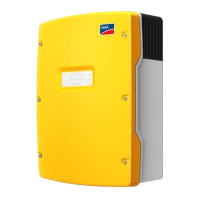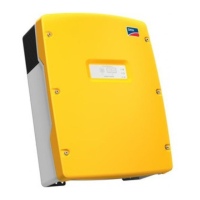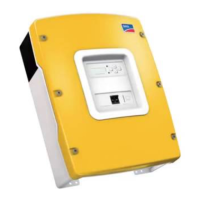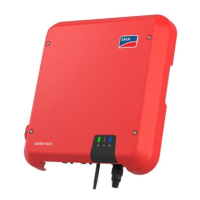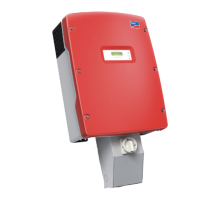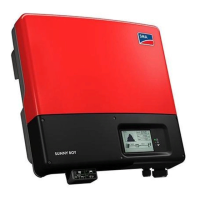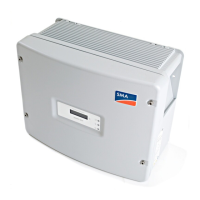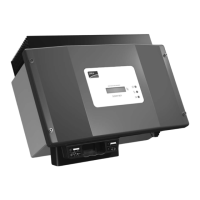SMA America, LLC 23 Glossary
Technical description SI4548_6048-US-TB_en-13 233
Constant current phase
I-Phase: The charging phase in which charging can be done using the maximum allowable charging
current.
C rate
The nominal capacity specification is always provided with the discharge time on which the capacity
is based. The nominal capacity is the product of the constant charging current IN and the discharge
time t
N
, which passes between commencement of discharging the fully charged battery and when the
final cut-off voltage VS is reached. For stationary batteries, the C10 capacity is usually specified, i. e.
a battery with C10 = 200 Ah can be discharged for ten hours at a nominal current of 0.1 × C10 =
I10 = 20 A.
DC
Abbreviation for "Direct Current"
Derating
A controlled reduction in performance, usually dependent on component temperatures.
Derating is initiated in order to avoid the shutting down of the complete plant.
DSP
Abbreviation for Digital Signal Processor. A DSP is a microprocessor chip especially developed for
digital signal processing and control.
Electrolyte
A chemical solution that allows the conduction of ions within a battery. In lead-acid batteries, the
electrolyte is diluted sulfuric acid and is also a reactant in the electrochemical reaction.
Nickel/cadmium batteries use an alkaline electrolyte (potassium hydroxide).
EPROM
See Flash EEPROM
Equalization charge
Equalization charge: allows different series-connected battery cells to be charged to a unified state of
charge of 95% to 100%. Without regular equalization charge, the state of charge of the different
cells slowly drift apart, which can lead to a poor battery power performance and a premature battery
storage system failure.
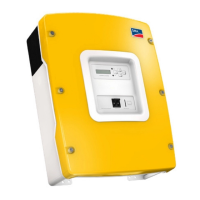
